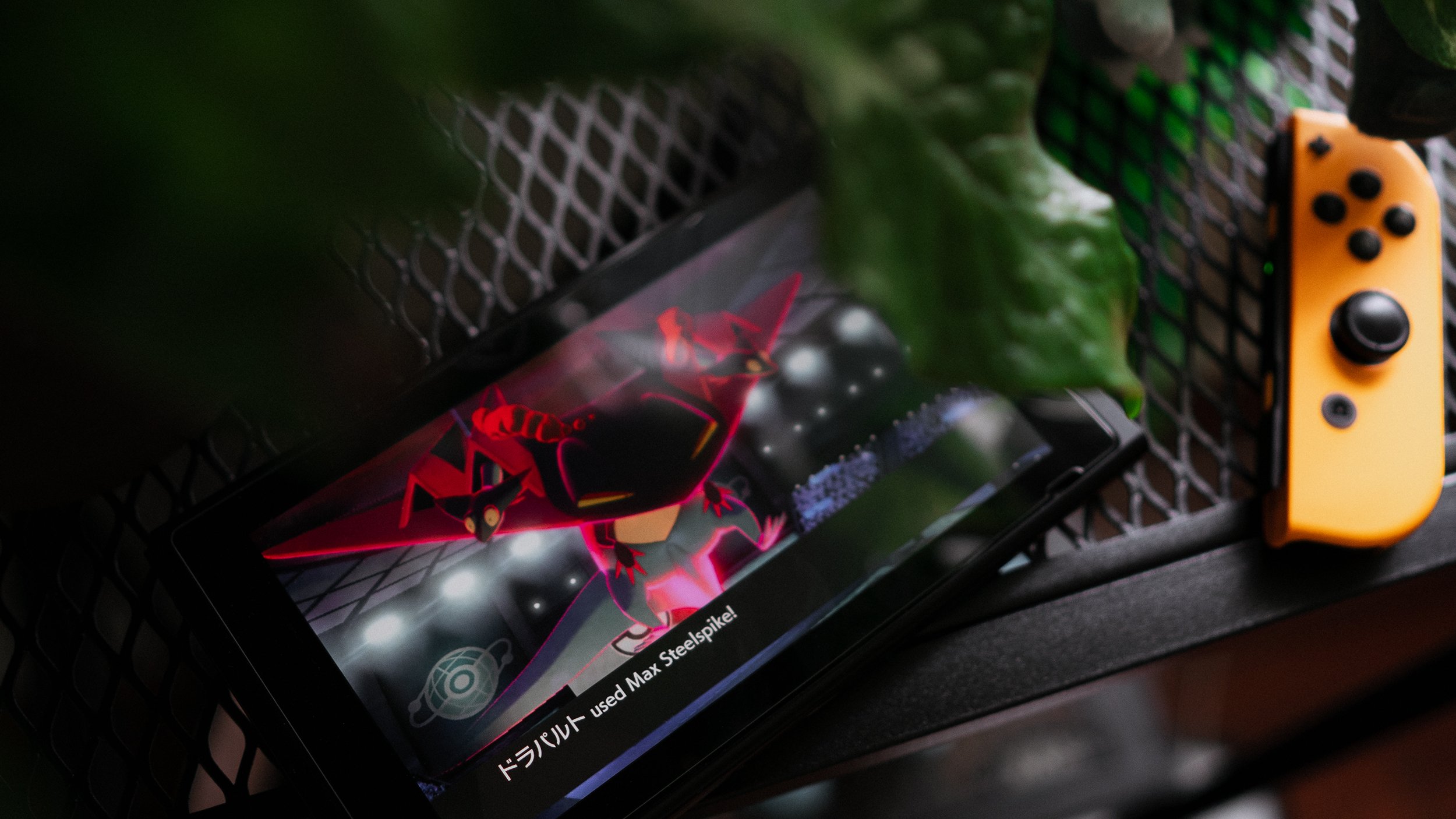
Context in Battling
4min 51sec read
Written by Aaron Traylor
Introduction / Foundational Concepts
Does one Pokémon “beat” another? It depends.
On the other hand, situations in battles are also heavily dependent on context, in a way that often has deep consequences at the teambuilding stage. Pokémon are selected on a team for a purpose-- they are chosen because of some desired effect in battle. For example, our team might be weak to Metagross, which is part Steel-type, so we’re going to add Landorus-Therian to counter it. After you come up with a reason for a Pokémon, you might think about some scenarios in battle in which it would be useful. We know that Landorus-Therian can outspeed and deal about 70% of Metagross’ health with an Earthquake, which we might deem acceptable.
It isn’t always that easy, though. Even simple questions about how a Pokémon on a team operates in battle frequently come down to the context of the situation. Does Landorus beat Metagross in all situations? Well, on the surface, Landorus-Therian is a Ground-type Pokémon, and Metagross is a Steel-type Pokémon, so it will probably have a good shot. What if the Metagross has Ice Punch? Then it could knock out our Landorus if it gets a chance to attack. What situations can it attack in? If it’s still on the field after an Earthquake, if it’s in Tailwind or Trick Room.
Those are different contexts than we first thought of when we picked Landorus for its type advantage. We’d have to think about how often those situations could come up, or whether Metagross will run Ice Punch in the first place.
Furthermore, Double Battles are extremely dynamic. To take our example further, what if Metagross is next to a Pokémon that threatens Landorus and moves first? What if Trick Room is up and Metagross attacks first? What if there’s a Fake Out Pokemon, so Landorus can’t attack Metagross this turn, but next turn it can? These are just a few of the many different contexts Landorus and Metagross could appear together in, and a savvy teambuilder will understand which of them they’re likely to run into in battle-- and, based on the rest of their team, what the potential solutions are. This is inherently linked to the skill called theorymon/theorymonning, which is when you visualize these battling scenario contexts ahead of time. A highly skilled theorymonner could theoretically find success in tournament play with a team built without playing any practice battles. In practice, however, theorymonning and practice battling go hand in hand, as it’s impossible to think ahead and generate every context that a Pokémon might appear in.
Is there any way to beat a Pokémon 100% of the time? How do you even approach countering another Pokémon? We talk about that in this teambuilding article.
Next Steps
How do you get better at theorymon, and at understanding the context of inherently complex double battles? There are two options. The first is to play a lot of VGC games-- over time, you’ll be able to understand how the pieces interact, think about them flexibly, and to understand your opponent’s goals. Then you’ll be able to simulate battles better in your head during teambuilding. The second way is to spend a lot of time thinking about the contextual interactions from the teambuilding stage. As is the case with many abstract concepts in VGC, theorymon skills are like a muscle: the more you do it in practice, the better you’ll get.
EXAMPLE
Wolfe and Traylor’s Player’s Cup 4 Run
Team paste
Three HTML replays of Traylor VS Wolfe
Game 1 Game 2 Game 3
Here’s a good example of when an error in theorymonning cost me a set in a tournament. Wolfe and I were building for Player’s Cup 4, in VGC 2021 Series 9. We had built five Pokemon out of six for a team that we liked-- Raichu, Celesteela, Dracovish, Hippowdon, and Togekiss– and, after some testing, we needed one more to close it out. We were thinking about our matchups into common teams that we would match up against, and we found that we were weak to Gigantamax Coalossal with a Weakness Policy boost, which could outspeed and OHKO all of our Pokemon with G-Max Volcalith, Max Overgrowth, or Max Flare. We were also weak to Rillaboom, which was a common Coalossal partner. Furthermore, at that time, players were adding Dragapult to their teams with the intent to Dynamax it instead of Coalossal, and Dynamax Dragapult could also do a lot of damage to us, especially with Follow Me support. It looked bleak, but we decided to add Tapu Fini-- even though it was weak to Coalossal’s Max Overgrowth and Rillaboom’s attacks, we thought that Togekiss’ Follow Me could give it enough time to OHKO Coalossal or Dragapult, even through Dynamax. We tested the matchup among ourselves and found that it was bad, but acceptable. Linked above are the games in which we tested it between ourselves.
See it in showdown here.
When I played Cedric Bernier (tridivisional Regional Champion) in the first round of the Players’ Cup, he quickly found an easy solution that Wolfe and I had overlooked in our theorymonning and beat me without much effort on his part. His solution was extremely similar to the game linked above (which Wolfe lost on the ladder). This example shows a common error with theorymonning-- you don’t know how your opponent is going to solve the problem of your Pokemon, so it’s important to spend a lot of time testing your team and theory with other people. This example is also a good example of Sixth Pokemon Syndrome, when we tried to do too much with one slot- Gigantamax Coalossal and its partners had too many tools for us to try to beat it relying heavily on one Pokemon.

